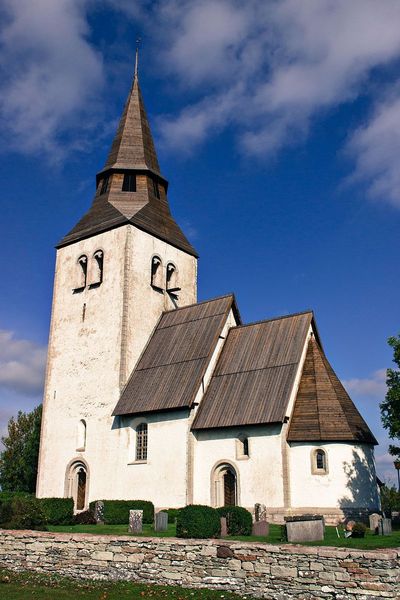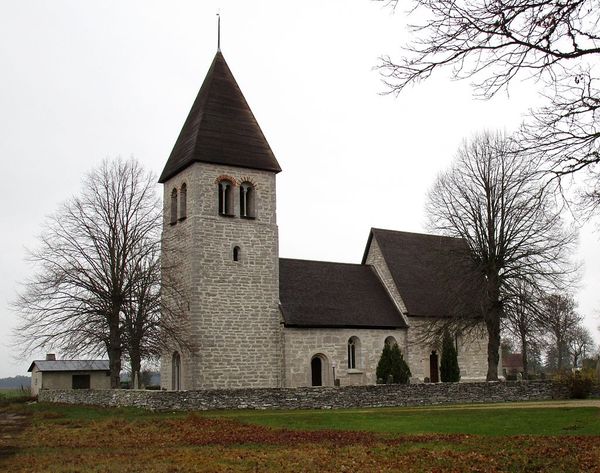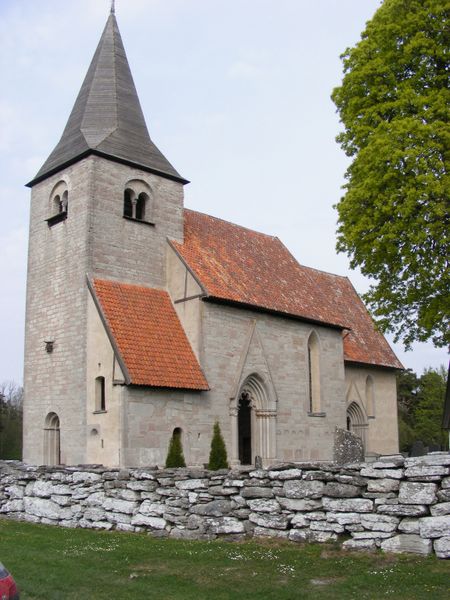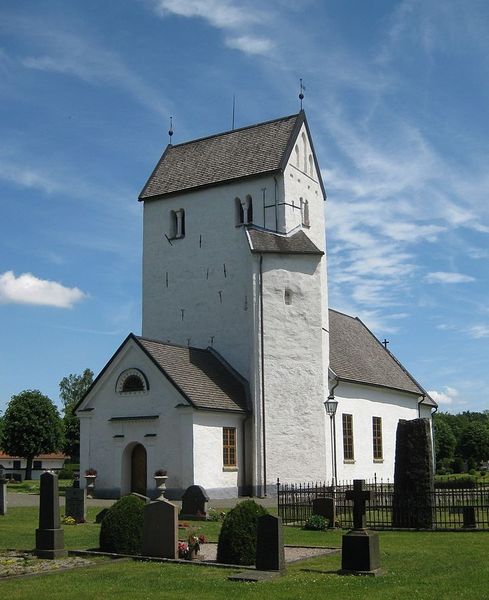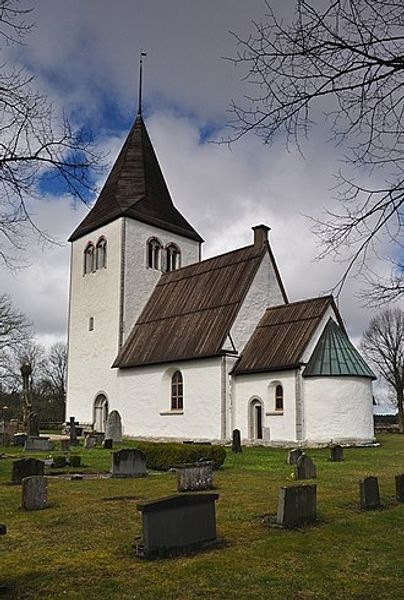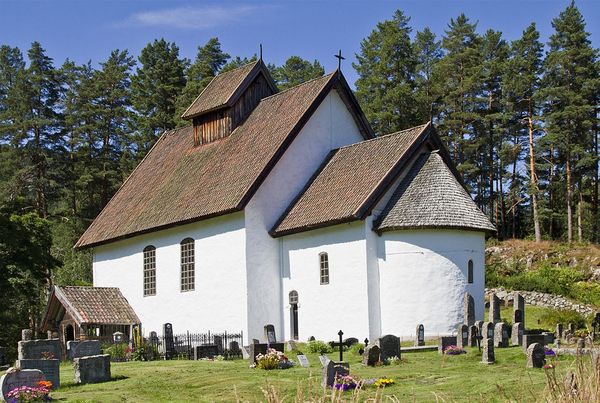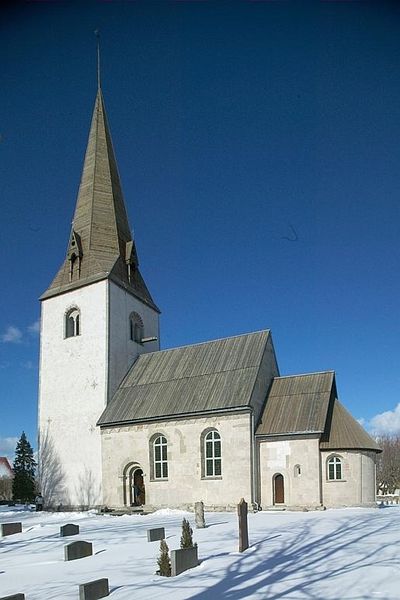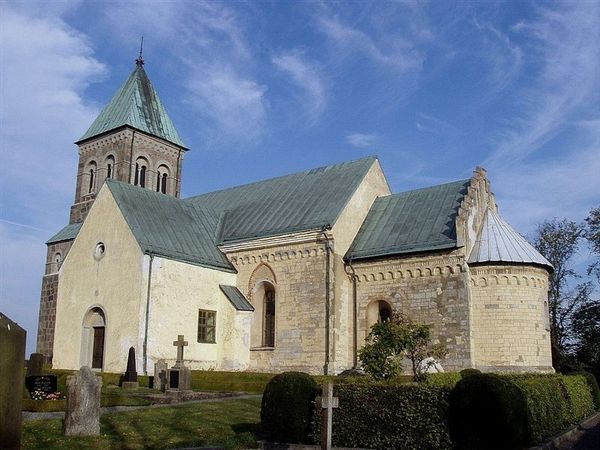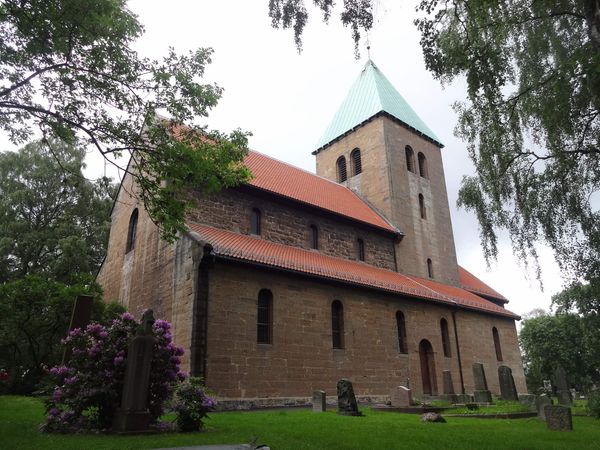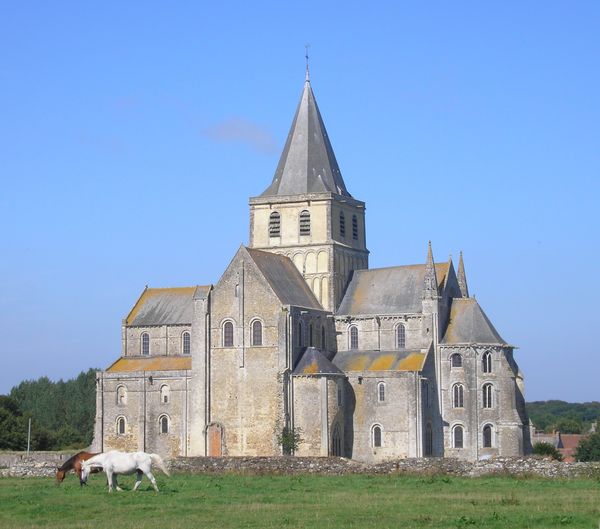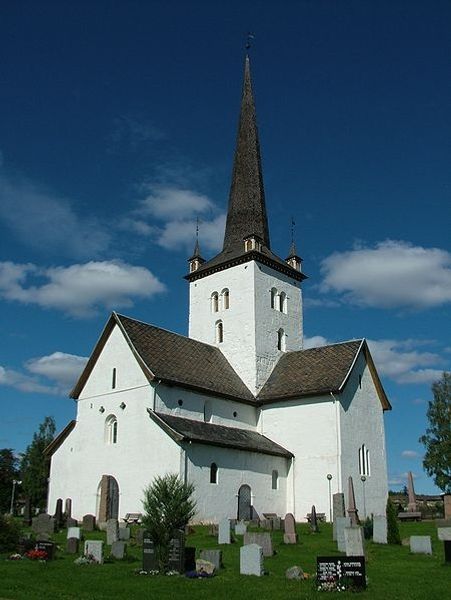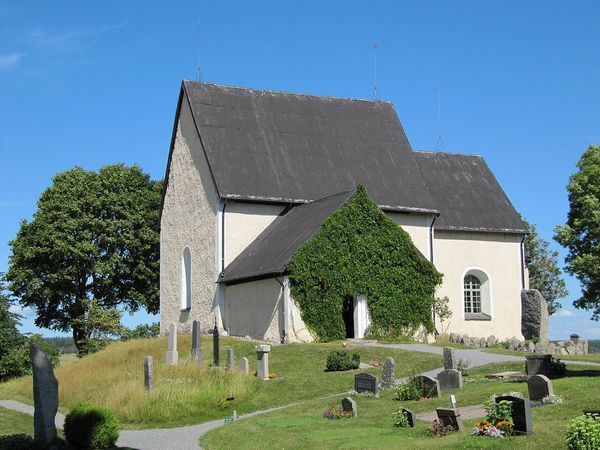
photography, architecture
#
landscape
#
historic architecture
#
photography
#
romanesque
#
landscape photography
#
architecture
Copyright: Public domain
Slidredomen in Norway, built by Romanesque architects between 1000 and 1250, is more than just a church; it reflects profound shifts in power and belief during the medieval period. The image creates meaning through its solid stone construction and the steeple, which is a visual declaration of the rising influence of Christianity in Scandinavia. Norway at this time was converting from Norse paganism to Christianity, and the building of churches like Slidredomen was a key part of establishing Christian institutions. This structure served not only as a place of worship but also as a symbol of cultural and political alignment with the rest of Europe. Romanesque architecture itself, with its emphasis on mass and solidity, mirrors the Church's intention to create a sense of permanence and authority. To understand the role of places like Slidredomen, historians delve into medieval chronicles, religious documents, and local histories. By understanding its social context, we reveal how architecture helped shape a new cultural identity.
Comments
No comments
Be the first to comment and join the conversation on the ultimate creative platform.
